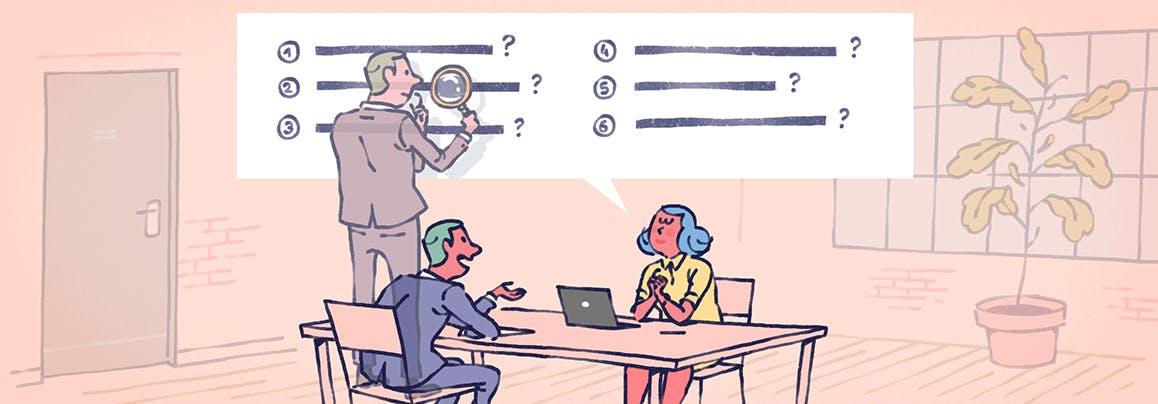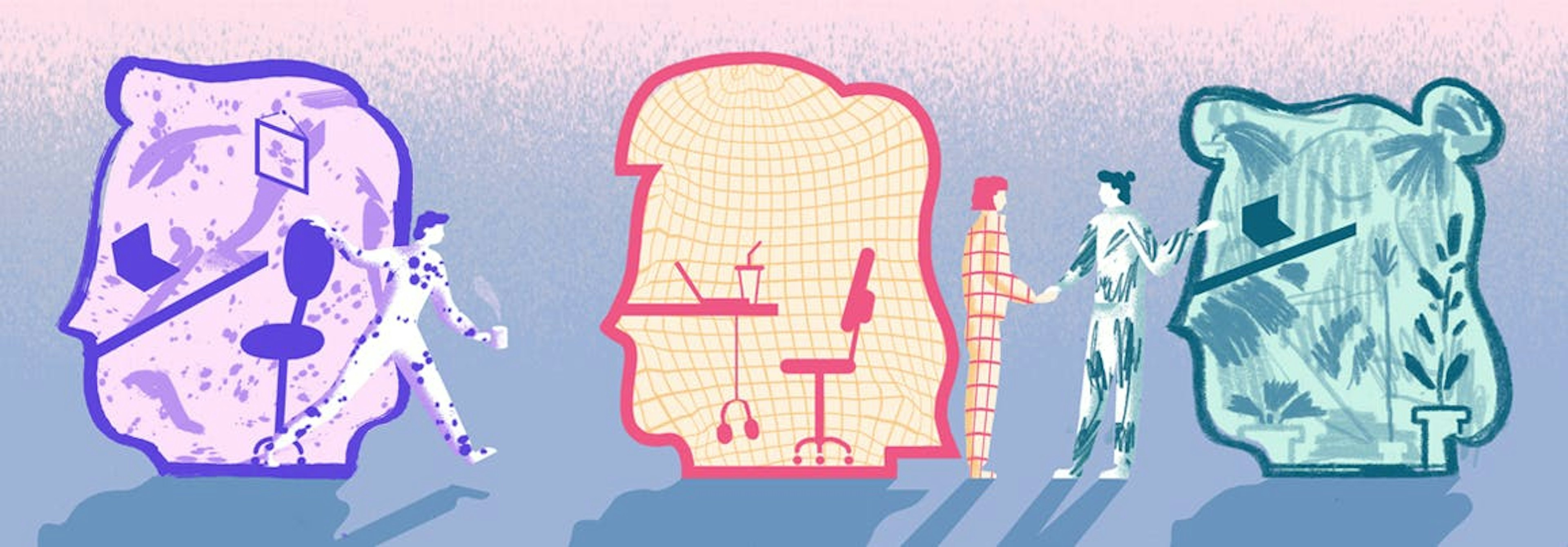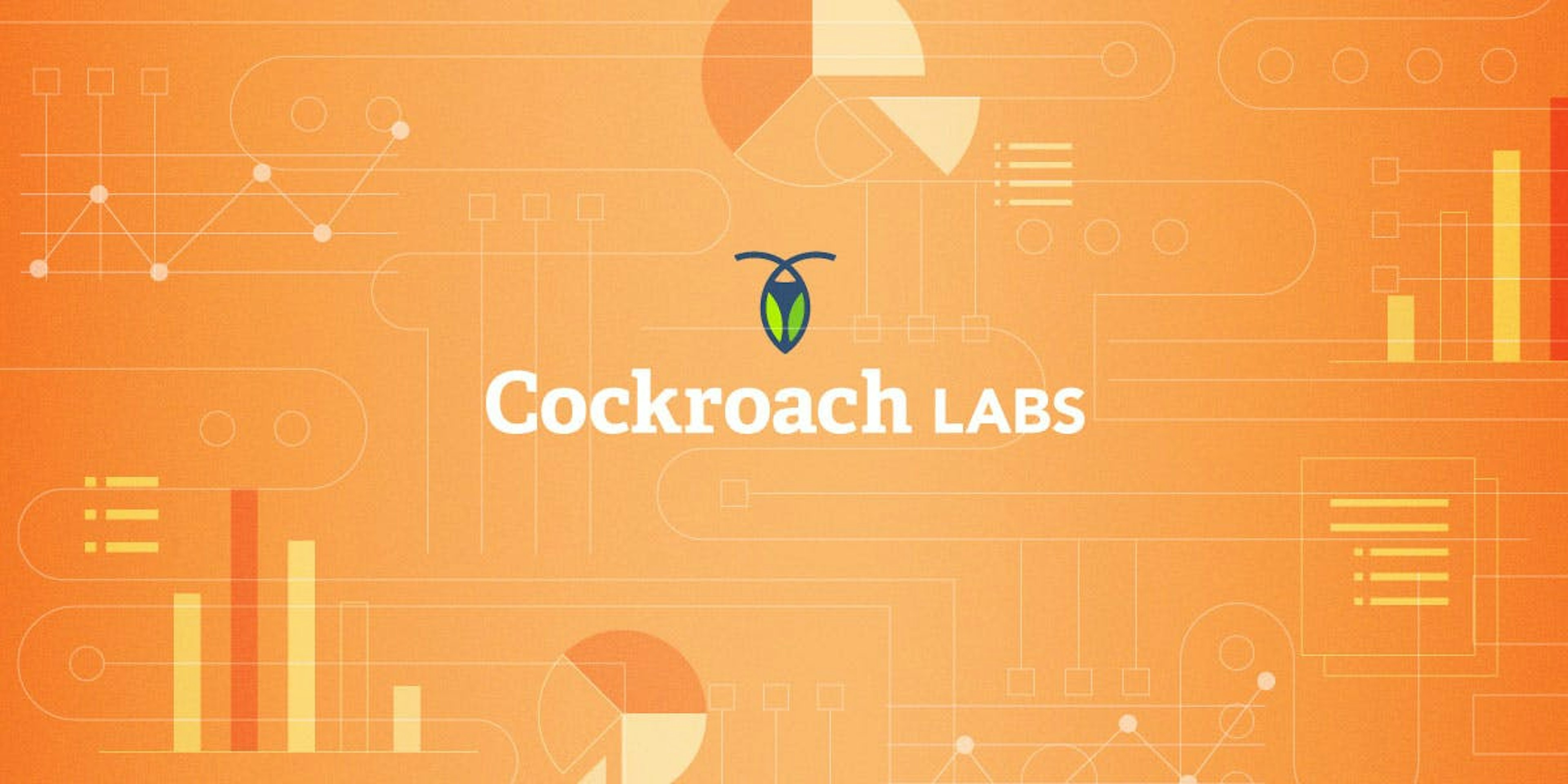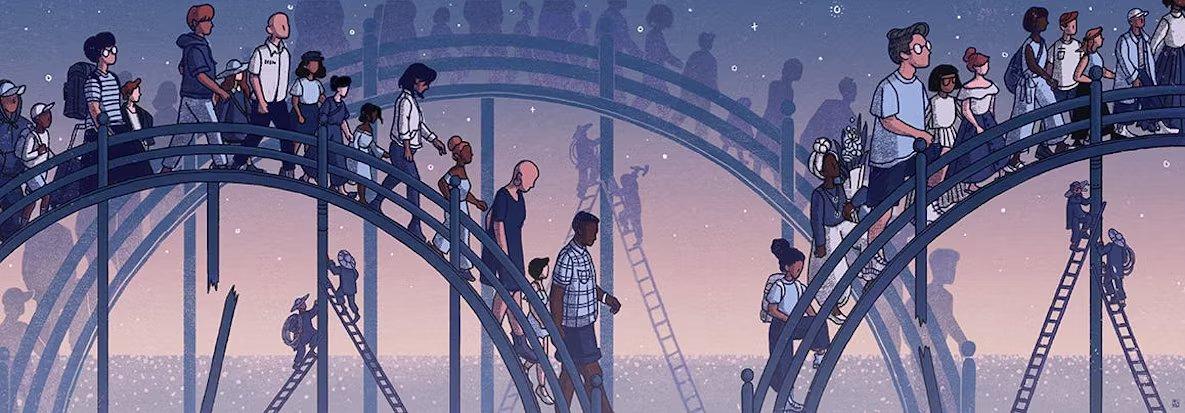
Blog
Culture

Culture
Cockroach Labs Opens Engineering Office in India, Unleashing New Opportunities for Growth
We have officially started our expansion in India, marking a significant milestone in our global growth strategy. The move to India reflects our continued recognition of global talent and the country’s immense strategic potential to position our distributed SQL database to be used across the world.
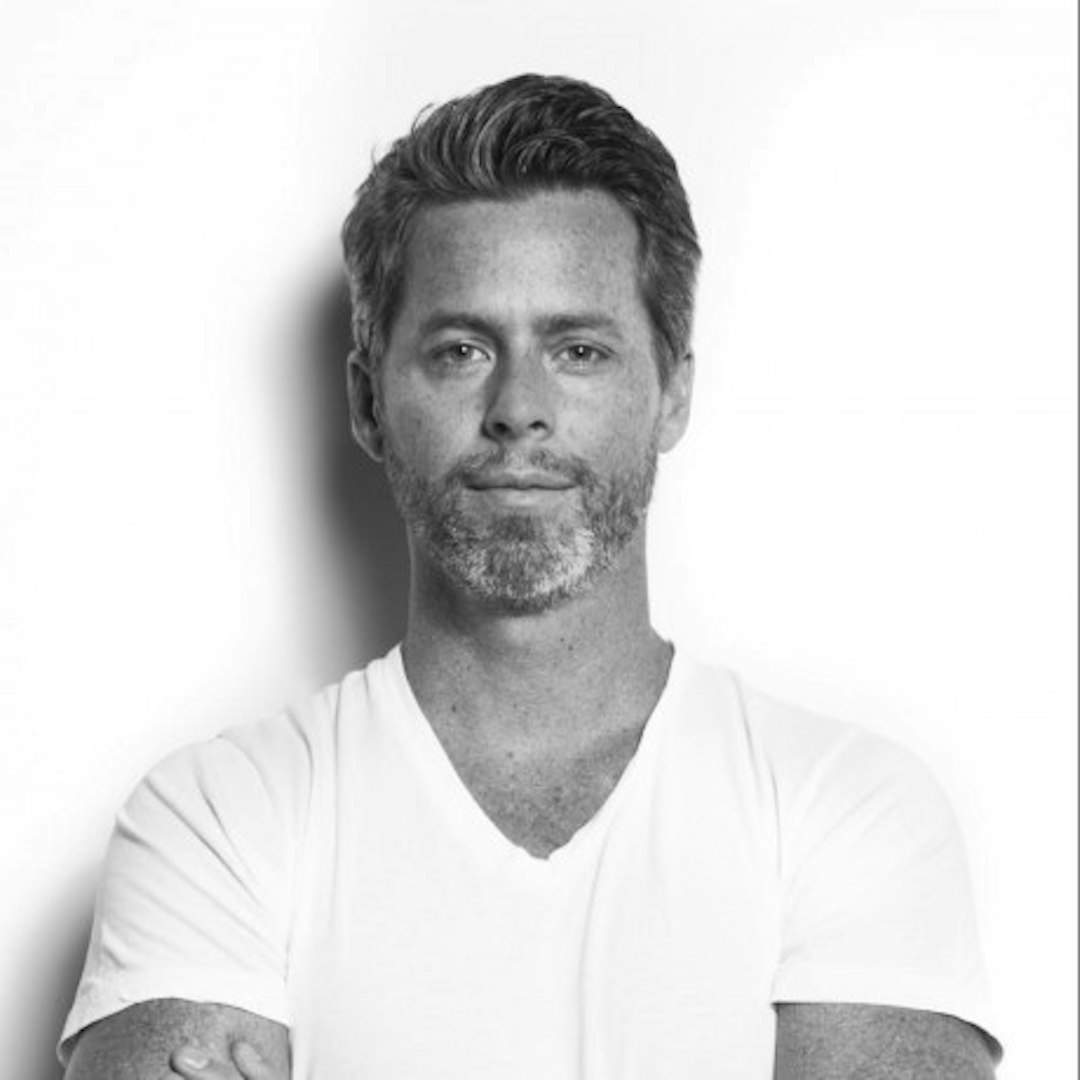
Spencer Kimball
Mar 4, 2024
Culture
Company
Business Model
Culture
Open-sourcing the interview process to reduce unconscious bias
Since the U.S. Equal Employment Opportunity Commission (EEOC) opened their doors for business on July 2, 1965, a year after Title VII’s enactment into law, the mission to eliminate unlawful employment discrimination has made progress in our society. No one can deny that we are in a significantly better place than we were just over 50 years ago. The act has benefited many and has served as a model for future anti-discrimination measures passed by Congress, including the Pregnancy Discrimination Act and the Americans with Disabilities. However, the passing of this legislation has by no means solved the problem of discrimination in the workplace. Discrimination is not as overt, but is rather found in grey areas, lurking beneath the surface and often rooted deep into an individual’s unconscious bias. I know what you are thinking: “I know I have biases, but I don’t discriminate against people who are different from me!” It feels shameful. Your biases are shaped by your experiences, culture, and your lifestyle. They frame your perspective and the way you behave in the world. It’s not shameful. However, we believe that recognizing your bias and how it affects your decision-making processes will allow you to understand if and how those biases are impeding your organization's ability to create a balanced and inclusive workforce. At Cockroach Labs, we have put processes in place for our employees to be aware of the role their unconscious bias plays in hiring decisions they are making. We have removed the dependency on resumes and focused on exercise based interviewing. Our end goal is to create practices that lead to a more inclusive culture. It’s proven that by providing candidates with an understanding of what to expect throughout the process, as well as insight into what to expect, helps them perceive the process as being fair [Klehe, König, Richter, Kleinmann, Melchers]. In addition to creating fairness, we want to see if full transparency can also lead to better hiring outcomes. With this in mind, we have made the decision to open source our interview process.
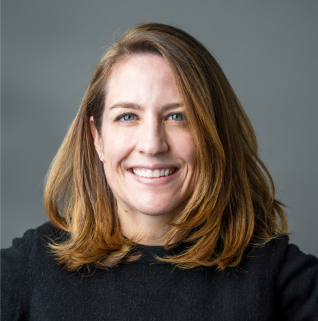
Lindsay Grenawalt
Nov 28, 2017
Culture
How to Work with Me
Some of my colleagues have children to tend to after work and many are night owls who are most productive during the wee hours while I’m drooling in my sleep. While I’m trying to figure out how to best work with them, they’re also trying to figure out how to work with me. Is it okay to send me Slack messages after 7pm? What is the best way to give me constructive feedback?
Kuan Luo
Oct 19, 2017
Culture
Exercise-based interviewing at Cockroach Labs
When I first started at Cockroach Labs, the founders and I had a candid conversation about diversity. Studies have shown that diverse companies have a greater likelihood of success through higher employee performance and financial returns [2015 McKinsey report]. We agreed that it was important for us to attract a diverse workforce and concluded that the best way to do so was through creating an inclusive environment. In addition to internal initiatives, we set out on a mission to remove bias from our interview process or more realistically, challenge the bias that our interviewers face when assessing candidates.

Lindsay Grenawalt
Sept 7, 2017
Culture
How we're building a business to last
CockroachDB was inspired by frustration with the available open source databases and cloud DBaaS offerings. It was never conceived of as anything but open source software. In late 2014, with encouraging interest from the GitHub community and concomitant inquiries from some forward-looking venture capitalists, it was decision time: should we start a company to accelerate CockroachDB development? On the one hand, hiring a team of exceptional people would lead more quickly to a viable product. On the other hand, our goal would no longer be solely about building the next great open source database. It would necessarily expand to include concern for our employees and investors.

Spencer Kimball
Jan 20, 2017
Culture
From 5 to 500: Lessons learned hiring for startups
Most founders agree that one of the greatest challenges that they face isn’t raising money or closing deals or finding partners. It’s finding people. In particular, finding great people who are interested and eager to take a chance on a startup. Turns out, hiring for startups is hard.

Lindsay Grenawalt
Apr 27, 2016
